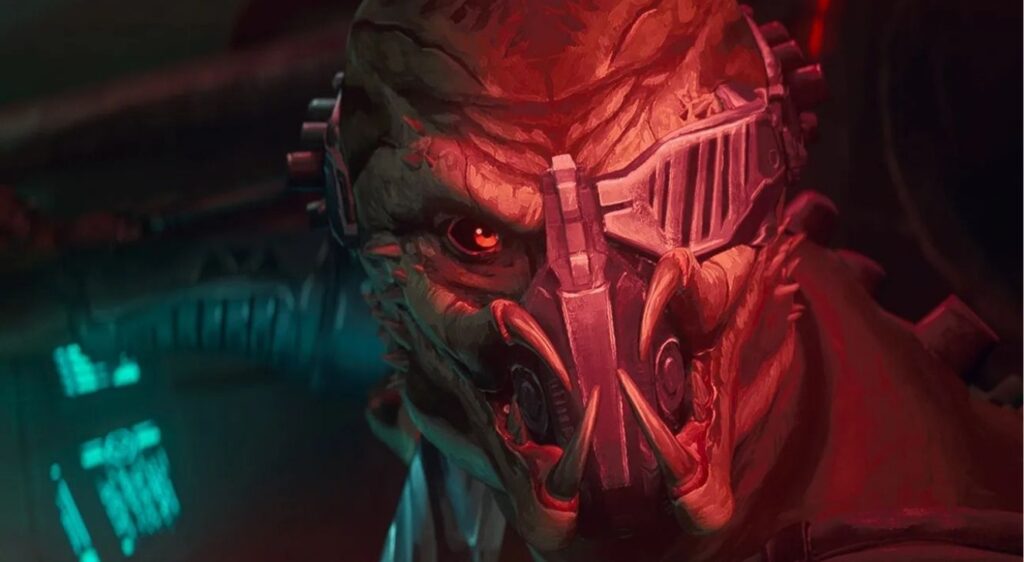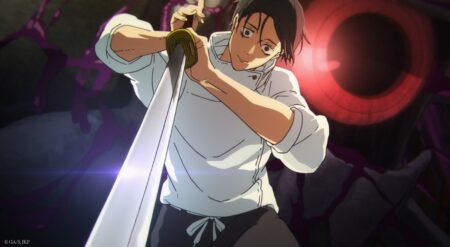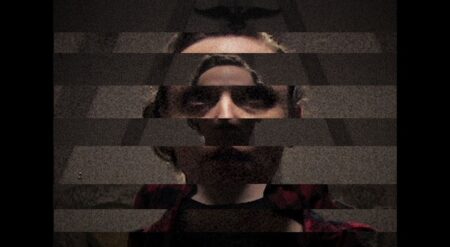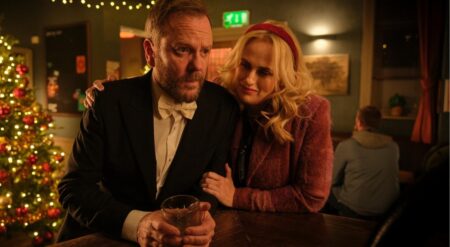Predator has always been a franchise defined by survival. Drop a deadly alien hunter into an unfamiliar setting, and let a capable human fight their way out using every tool at their disposal. But Predator Killer of Killers shifts the focus. Instead of asking who survives, this R-rated animated anthology asks something much more interesting: why do we fight at all?
Directed by Dan Trachtenberg, who has fully proven himself as the franchise’s modern visionary, Predator Killer of Killers isn’t just another entry in the long-running sci-fi series. It’s a stylized, brutal, and deeply human exploration of what it means to be a killer, and what it costs to stand your ground against the ultimate predator.
Set across three timelines, Viking-era Scandinavia, feudal Japan, and WWII Europe, the anthology presents a trio of warriors each drawn into battle not just by circumstance, but by history. What unites them isn’t just violence or skill, but memory. Each character is forced to confront the weight of their past, often through fleeting but powerful visual flashbacks that ground their motivations. It’s not just about survival in the moment: it’s about everything they’ve carried to get here, and what they’re willing to let go of to endure.
Exploring the humanity of warriors across time adds depth to their fight for survival.
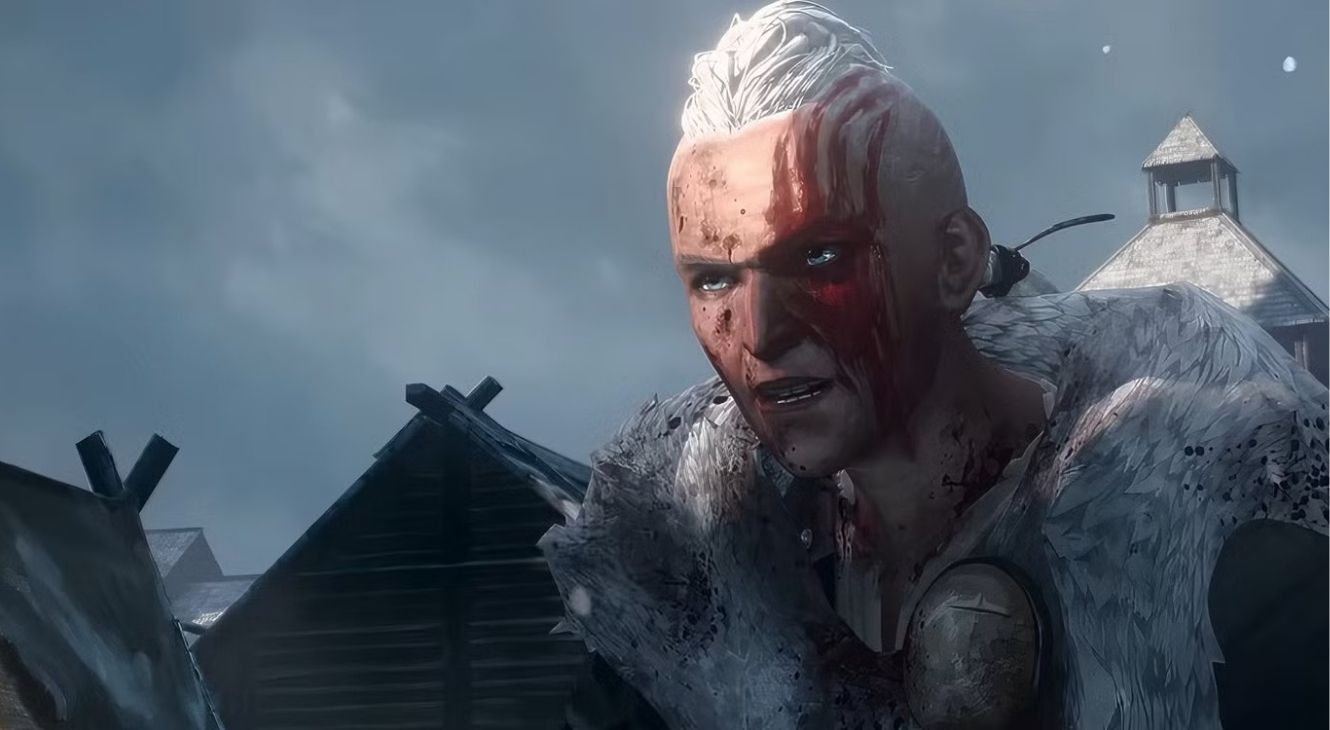
Ursa (Lindsay LaVanchy), Viking warrior, doesn’t just seek revenge — she’s guiding her son through a cycle of violence she’s intimately familiar with, hoping to forge strength from suffering. Kenji (Louis Ozawa), the ninja, burdened by his family’s legacy and fractured loyalty, is drawn into a confrontation with his brother, one rooted in vengeance but shadowed by the cost of what that revenge may ultimately entail. And Torres (Rick Gonzalez), a young WWII pilot, finds himself abruptly cut off from the protections he once relied on, forced into a chaotic aerial battle where survival depends on choices he’s no longer able to defer.
These aren’t just backstories, they’re emotional foundations. The anthologies’ willingness to let these histories bleed into the present makes each confrontation with the Predator more than a clash of strength. They’re tests of identity, burden, and belief — and it’s that human mythos, just as much as the alien one, that gives Killer of Killers its power.
The animation from The Third Floor is fantastic, gritty, graphic, and inspired by the aesthetic of classic Predator comics. Every era has its own visual identity, yet the anthology remains cohesive thanks to sharp direction and atmospheric worldbuilding. The stylization leans into its comic book roots in a way that longtime fans will appreciate, with splashy action, bold linework, and painterly backdrops that elevate each battle into myth.
Even with its embrace of humanity, Predator Killer of Killers goes all in on its violence.

And make no mistake, the film is violent. Predator Killer of Killers doesn’t shy away from its R rating. From bone-splintering hand-to-hand combat to high-altitude mayhem, the carnage is relentless. The film showcases multiple tiers of Yautja warriors, each equipped with different gear, fighting styles, and levels of tech. It’s a detail longtime fans will catch immediately: one that speaks to the larger worldbuilding the franchise has teased for years but rarely explored onscreen.
Predator Killer of Killers truly excels in understanding what Predator can be. Instead of recycling the same survival horror loop, the film taps into a Deadliest Warrior-style fantasy, but pushes past the novelty to say something deeper. We see how different cultures define strength, what honor looks like across time, and how even the most hardened killers are shaped by love, loss, and memory.
The Yautja still hunt to prove dominance. But these human warriors? They fight because they must and because of everything they’ve survived already. The film never explicitly states that through exposition. It lets the visuals, the pacing, and the silent moments do the work. In doing so, it treats its characters and its audience with respect.
Ultimately, this film shows us the franchise’s future, and it’s a beacon of hope.

Dan Trachtenberg’s vision continues to give the Predator mythos room to evolve. He understands that what made the original film work wasn’t just the creature but the clarity of its stakes. And here, those stakes are both physical and emotional. These characters aren’t just fighting the Predators. They’re reckoning with themselves.
Predator Killer of Killers builds on what Prey started: a shift toward storytelling that doesn’t just revel in violence, but asks what that violence means. It delivers all the blood, brutality, and inventive kills that fans expect, but wraps them in stories that reflect something deeper: grief, legacy, revenge, and the human cost of conflict.
It’s a rare thing for a franchise known for its body count to offer this kind of emotional clarity. And while the Predator still looms large as the “killer of killers,” the heart of this film lies with those who bleed, remember, and still choose to fight. If this is the future of the Predator universe, where stories explore humanity as much as they showcase the hunt, then it’s a future worth hunting for.
Predator Killer of Killers is streaming now on Disney+ and Hulu.
Predator: Killer of Killers
-
Rating - 8.5/108.5/10
TL;DR
If this is the future of the Predator universe, where stories that explore humanity as much as they showcase the hunt, then it’s a future worth hunting for.

